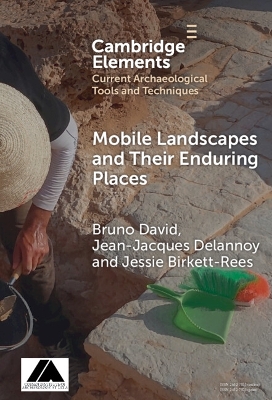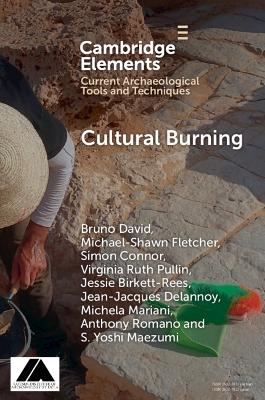Elements in Current Archaeological Tools and Techniques
2 total works
Mobile Landscapes and Their Enduring Places
by Bruno David, Jean-Jacques Delannoy, and Jessie Birkett-Rees
Published 7 March 2024
This Element presents emerging concepts and analytical tools in landscape archaeology. In three major sections bookended by an Introduction and Conclusion, the Element discusses current and emerging ideas and methods by which to explore how people in the past engaged with each other and their physical settings across the landscape, creating their lived environments in the process. The Element reviews the scales and temporalities that inform the study of human movements in and between places. Learning about how people engaged with each other at individual sites and across the landscape deep in the past is best achieved through transdisciplinary approaches, in which archaeologists integrate their methods with those of other specialists. The Element introduces these ideas through new research and multiple case studies from around the world, culminating in how to 'archaeomorphologically' map anthropic constructions in caves and their contemporary environments.
Cultural Burning
by Bruno David, Michael-Shawn Fletcher, Simon Connor, Virginia Ruth Pullin, Jessie Birkett-Rees, Jean-Jacques Delannoy, Michela Mariani, Anthony Romano, and S. Yoshi Maezumi
Published 10 May 2024
This Element addresses a burning question – how can archaeologists best identify and interpret cultural burning, the controlled use of fire by people to shape and curate their physical and social landscapes? This Element describes what cultural burning is and presents current methods by which it can be identified in historical and archaeological records, applying internationally relevant methods to Australian landscapes. It clarifies how the transdisciplinary study of cultural burning by Quaternary scientists, historians, archaeologists and Indigenous community members is informing interpretations of cultural practices, ecological change, land use and the making of place. This title is also available as Open Access on Cambridge Core.

